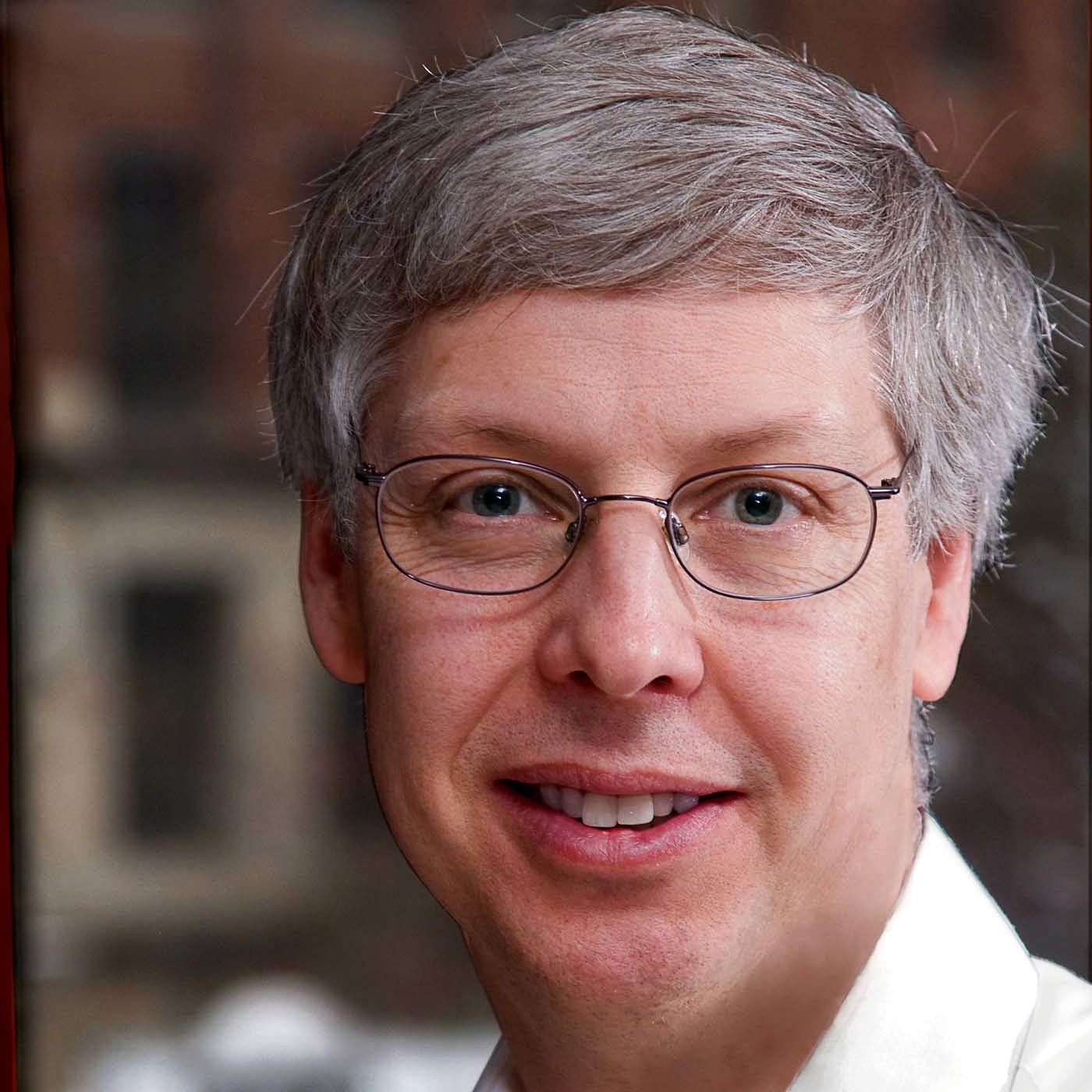Resource Format:
Profile
Resource Description:
Professor Brad Orr (LSA) won the Provost's Teaching Innvoation Prize for his project, Essential Scientific Computation Applied to Physics Education (ESCAPE)
Original Publication Year:
2010
Resource Title:
TIP Winner: Essential Scientific Computation Applied to Physics Education (ESCAPE)
thumbnail:
Course Type:
All
Academic Area:
Science, Technology, and Math
Discipline:
Physics
Faculty Name:
Brad Orr
Related Links:
Previous Innovation
Next Innovation

Introductory physics courses often obscure the elegance and simplicity of the topic by reducing it to unrealistic situations described by a forest of mathematical formulae. ESCAPE’s innovation lies in giving Physics 160 students access to software and numerical techniques used by practicing physicists. With laptop computers handling the number crunching, students can focus on analyzing conditions and building realistic simulations, starting with the trajectory of an inelastic, bouncing racquetball and culminating with a capstone project in which they thoroughly examine a physical situation of their choice.
As they write computer programs to model and solve problems, students make plenty of mistakes, and much of the learning comes from the debugging process as they track down errors in logic by returning to a well understood behavior from which they can move forward slowly, systematically checking each step as they go. This is a challenging mental workout, yet students are highly motivated to tackle realistic and interesting problems that were previously the exclusive domain of physics majors and graduate students. Exercising higher order thinking skills earlier in their academic careers can only help students attain future success, no matter what career path they follow.
The challenge now is to rework more of the physics curriculum in order to promote the higher levels of modeling, abstraction, understanding, and intellectual engagement made possible through the inclusion of scientific numerical computation techniques.
Student Comments
“Although I had taken physics in high school, the innovative ways Dr. Orr structured the class and our homework fully engaged me in the field for the first time.”
“The difficult questions and assignments pushed me to do my best and go beyond what I originally thought I could do.”
“I enjoyed using VPython in class and on assignments. The highlight of the class was the final project. I was given freedom to apply what I had learned to a situation I found particularly interesting. I saw how the concepts and skills I learned in class could pertain to real-life physics problems.”
“The computer assignments improved our ability to construct accurate models and to translate mathematical formulas and theoretical backgrounds into concrete situations. In order to create the models we had to analyze when these theories and formulas were applicable, what assumptions we had to make in order to simplify the situation we were modeling so that it was approachable, and whether or not these assumptions werereasonable. These are issues that professional physicists face every day, but that students normally don’t have to think about.”
“Had I known what would be expected of me when I signed up for the class, I almost certainly would not have taken it. However, having actually calculated an escape trajectory for a spacecraft heading out of the solar system, I can say that [Physics 160] was easily the most beneficial academic experience of my life thus far.”
Above photo:
Brad Orr (Physics)





